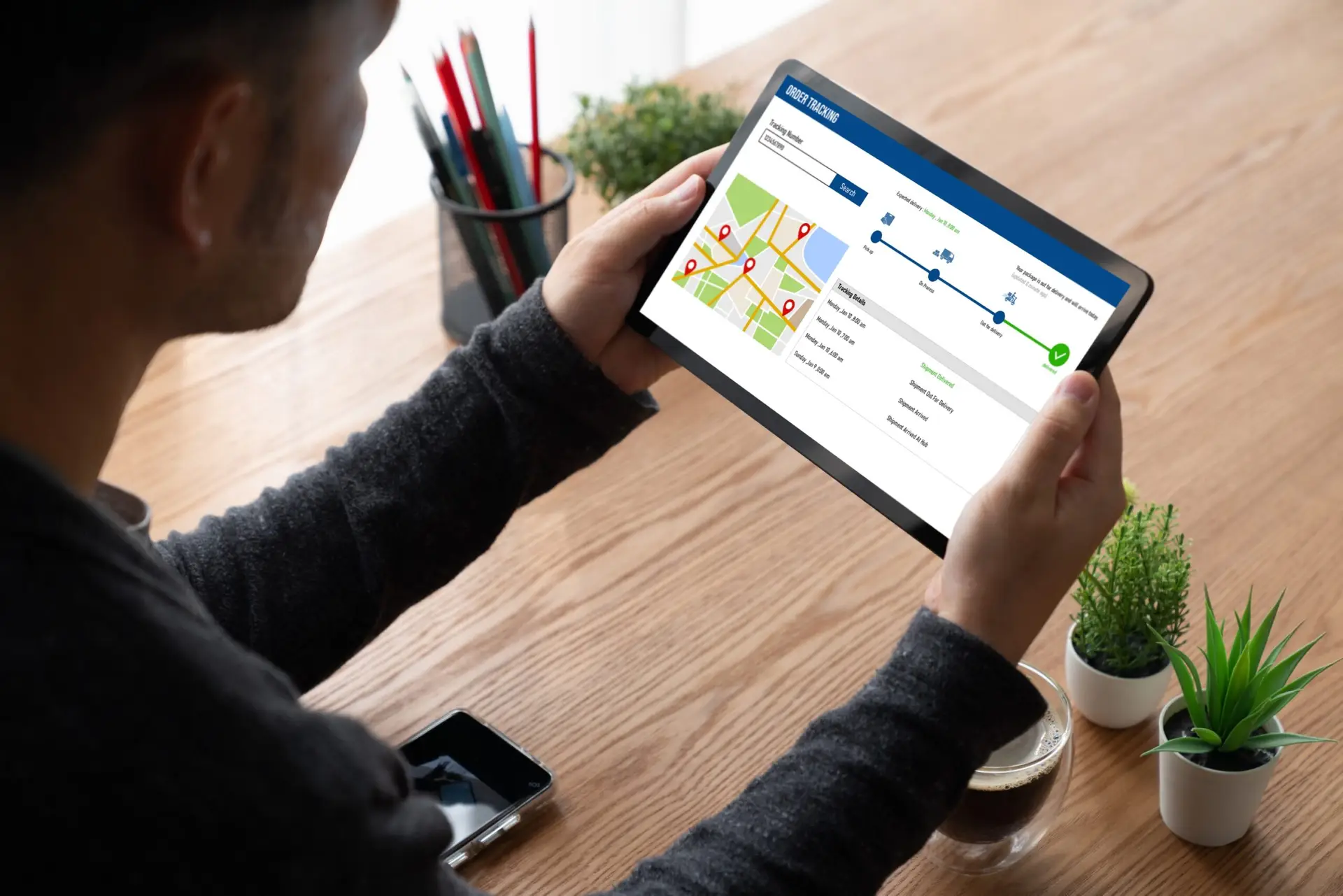For field teams, this means not only better management of rounds, but also a quick response to unforeseen events and increased customer satisfaction.
Imagine for a moment: your field team receives instant updates on optimized routes, estimated arrival times, and even alerts about traffic conditions. This real-time adaptability not only reduces operational costs but also transforms the work dynamic, making each team member more autonomous and engaged.
What is real-time scheduling?
1. Definition and key principles
Real-time scheduling is a process that enables companies to react instantly to environmental changes by quickly adapting resources and tasks.
-
- Advanced technology: It relies on technological tools, such as management software and mobile applications, that allow for continuous data collection and analysis.
-
- Operational optimization: This dynamic model aims to optimize operations, ensuring that teams have the necessary information at the right time.
By integrating this approach, companies increase their agility and their ability to respond to fluctuating market demands.
2. Importance in the current context
In a constantly evolving economic environment, where customer expectations are higher than ever, real-time scheduling has become crucial. Companies must be able to adapt quickly to avoid delays and additional costs, which can harm their competitiveness.
This method also makes it possible to leverage analytical data to anticipate future needs and optimize available resources. Thus, the importance of this approach lies in its ability to transform the way companies manage their daily operations.
3. Differences with traditional scheduling
Traditional scheduling often relies on static forecasts based on historical data, which can lead to rigidity and inaccuracies.
-
- Proactive approach: In contrast, real-time scheduling adopts a proactive approach, allowing teams to adjust their actions according to immediate circumstances.
-
- Flexibility and responsiveness: This flexibility promotes optimal resource utilization and better responsiveness to unexpected events.
Moreover, unlike the classic method, this strategy encourages enhanced collaboration between different teams, thus facilitating collective and informed decision-making.
The benefits of real-time scheduling for field team collaboration
1. Improved operational efficiency and organization
Real-time scheduling enables field teams to maximize their efficiency by facilitating rapid adaptation to changing conditions. Thanks to digital tools, team members can instantly access relevant information, reducing wait times and downtime.
This responsiveness ensures that tasks are carried out smoothly and without interruption, thus optimizing workflows and time management. As a result, overall team performance is significantly improved, leading to increased productivity.
2. Cost reduction and resource optimization
The integration of real-time scheduling offers companies the opportunity to achieve significant savings by improving the management of their online resources.
-
- Accurate resource management: This approach makes it possible to quickly identify surpluses or shortages, which facilitates optimal allocation of goods and services, as well as adjustment of response times to requests.
-
- Reduction of errors and travel: By minimizing scheduling errors and reducing unnecessary travel, companies can lower their operational costs.
Thus, this increased efficiency results in better profitability and a more judicious use of available resources, strengthening the company's competitiveness in the market.
3. Increased customer satisfaction
One of the major advantages of real-time scheduling lies in improving customer satisfaction. By enabling field teams to respond quickly to customer requests and expectations, this approach reinforces loyalty and trust in the company.
The ability to offer shorter response times and personalized services contributes to a positive customer experience. Consequently, companies that adopt this method often see an increase in their reputation and market share.
Real-time scheduling software
1. Available Technologies and Management Software
In the field of real-time scheduling, numerous tools and leading scheduling software stand out for their ability to transform operations. Solutions like Trello, Asana, and Monday enable task management while providing an overview of ongoing projects through dashboards, acting as a resource hub for teams.
Other specialized tools, such as FieldAware or ServiceTitan, focus on field teams, facilitating intervention management and resource optimization. By adopting these technologies, companies can improve their operational efficiency and ensure smooth communication among team members.
2. How to Choose the Right Management Tool and Implement It?
Choosing the right real-time scheduling tool requires a thorough assessment of the company’s specific needs. It is essential to consider factors such as team size, type of activities, and objectives to be achieved.
Additionally, ease of use and the ability to integrate with existing systems are key criteria for effective schedule management. By taking the time to analyze these elements, companies can ensure they select a suitable solution that will enhance collaboration and the construction of team schedules.
3. Integration with Other Information Systems
One of the crucial aspects of real-time scheduling is its ability to integrate seamlessly with other information systems, including production scheduling. This integration enables data synchronization between different tools, ensuring that all teams work with the most up-to-date information.
Systems such as CRM and ERP can be connected to scheduling tools, providing a comprehensive overview of operations. By ensuring cohesion between different software platforms, companies maximize their efficiency and gain the advantages needed to improve strategic decision-making.
Ready to transform the performance of your field teams? Discover how real-time scheduling can revolutionize your operations and optimize your resources.







